
For your seed spreading needs: intercropping, cover crops, or undercover crop seeding, rely on Agreego and its partners
6 REASONS TO CHOOSE UNDERCOVER CROP SEEDING BY DRONE
The technique of undercover crop seeding, recognized as a sustainable agricultural practice that respects the environment and supported by the Common Agricultural Policy, offers many advantages:
- Optimal soil coverage, providing protection from wind and water erosion. The soil is maximally protected from the formation of soil crusts, which are responsible for poor irrigation and runoff.
- An increase in plant biomass and soil organic matter. It prevents soil depletion. The existing root systems ensure better aeration and soil permeability/porosity.
- Better soil moisture levels, thanks to reduced evaporation of rainwater and dew.
- Limiting the growth of weeds, which are plants harmful to the yield of the main commercial crop. This can serve as a good alternative to the use of pesticides and contribute to reducing the Frequency Index of Phytosanitary Treatments (IFT) in agricultural operations.
- Savings on nitrogen/nitrate fertilizers. Many farmers report significant financial savings by choosing cover crops rich in legumes, which can fix atmospheric nitrogen.
- A reduction in nitrate pollution of groundwater.
But do you know the main advantages of undercover crop seeding by drone?
Increased processing speed: 10 to 24 minutes per hectare
*Figures provided for a payload of 10 kg based on spacing and size of plots (< 10 ha and > 10 ha).
The maximum payload without accreditation request is 16 kg. With an accreditation request, the payload can go up to 40 kg. Contact us to request accreditation today to be ready on the big day for your large farms.
Seeding Before Harvest
Increase your chances of benefiting from good moisture levels before harvest. Contact us for your undercover crop seeding and stop stressing after the harvest. Your seeds germinate more easily sheltered from the main crop, as evidenced by Jean-Baptiste GOUIN, one of the farmers who trusts us.
A Competitive Cost
An administrative certification
In the event of seeding failure due to extremely unfavorable weather conditions, Agreego provides you with a certified certificate for your administrative procedures to obtain CAP (Common Agricultural Policy) aid. Because no one is held to the impossible, Agreego stands by your side and certifies your commitment to developing good agricultural practices for the benefit of the environment.
No risk of damaging the existing crop
Our drones fly at an altitude of 1.50 to 3 meters above your crops. Your commercial crop will not suffer any loss. You avoid any tedious adjustments of agricultural machines. Thanks to the onboard sensors of our drones, they adhere to the curvature of your fields with centimeter precision. We achieve extreme accuracy through flight planning and real-time terrain analysis.
Enhanced soil protection
Each pass of a less agricultural machine over your land is one more step toward soil protection and fertility. By using drones for your agricultural work, you are assured of less soil compaction, resulting in better permeability and irrigation of your gradually improved land. We are proud to contribute to this major challenge.
Testimonial
INTERCROPPING BY DRONE
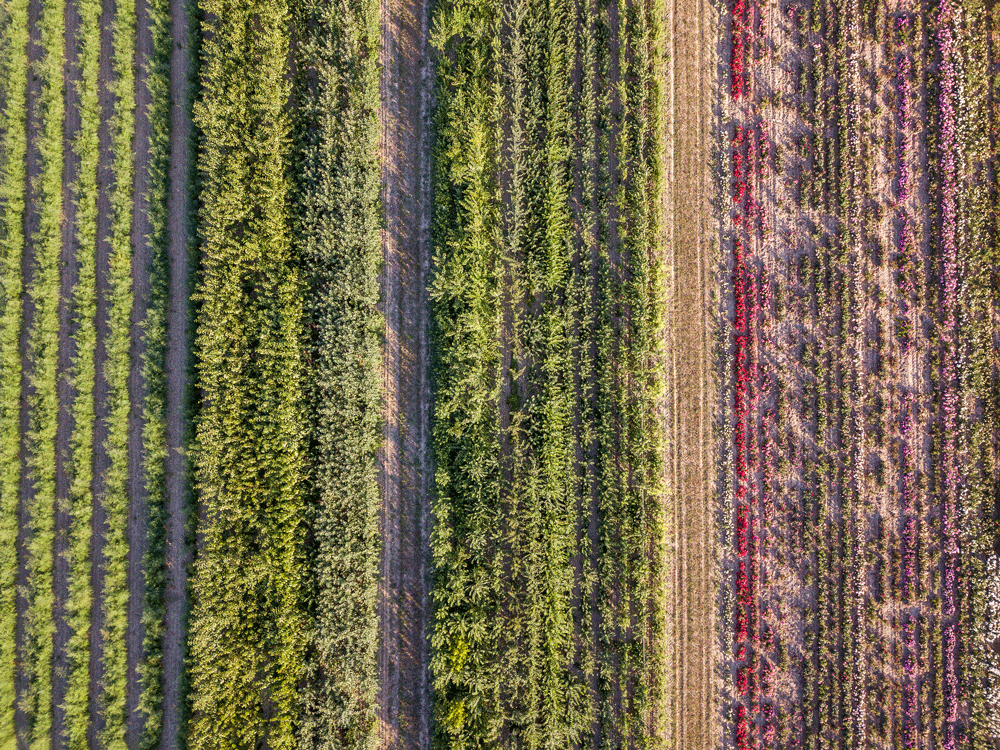
Grass your inter-rows with Agreego
Thanks to the high precision of our drones, save valuable time for grassing your inter-rows of permanent crops. To achieve a coverage rate of 75% of the inter-row, reach the baseline level of the Eco-scheme of the new Common Agricultural Policy 2023-2027. For a coverage rate of 95% of your inter-row, reach the upper level of the Eco-scheme of the new Common Agricultural Policy 2023-2027. We will provide you with precise calculations of the areas we have seeded for you, down to the centimeter. Do you have questions regarding your choice of grassing or intercropping? We would be happy to offer you the services of our agronomist or connect you with farmers or winemakers in our network.
COVER CROP SPREADING BY DRONE
Discover how a cover crop seeding is carried out with Agreego.
In partnership with Fermes Leader, we are testing our solutions to validate their performance and improve our practices by conducting comparative trials: types and spacing of seeds, flight height, speed, and types of projection with or without seed coating.
Agreego invests in research and development to effectively meet the needs of farmers and winemakers.
Optimize Your Crop Rotation
What are the accredited seeds for crop rotation on arable land?
The categories of crops considered by the CAP as different for crop rotation / BCAE7.
• Spring soft wheat • Winter soft wheat • Hard spring wheat • Hard winter wheat • Spring oats • Winter oats • Spelt • Other spring cereals and mixtures • Maize and seed maize • Moha • Millet • Winter barley • Spring barley • Winter rye • Spring rye • Buckwheat • Sorghum • Spring triticale • Winter triticale • Other winter cereals and mixtures • Spring rape • Winter rape • Sunflower • Poppyseed • Other spring or winter oilseeds • Broad bean and fava bean • Lentil • Other fodder legumes including mixtures • Lucerne • Spring lupin • Winter lupin • Mixtures of predominant legumes/protein crops and cereals/oilseeds • Spring protein peas • Winter protein peas • Chickpea • Soya • Others protein crops • Predominant grass (meadows, fallow land, legume/grass mixtures) • Other fodder • Tobacco • Potato • Flax fibers • Spring flax • Winter flax • Beetroot • Hemp • Fruits, vegetables, flowers • Mustard • Perfume, aromatic and medicinal plants
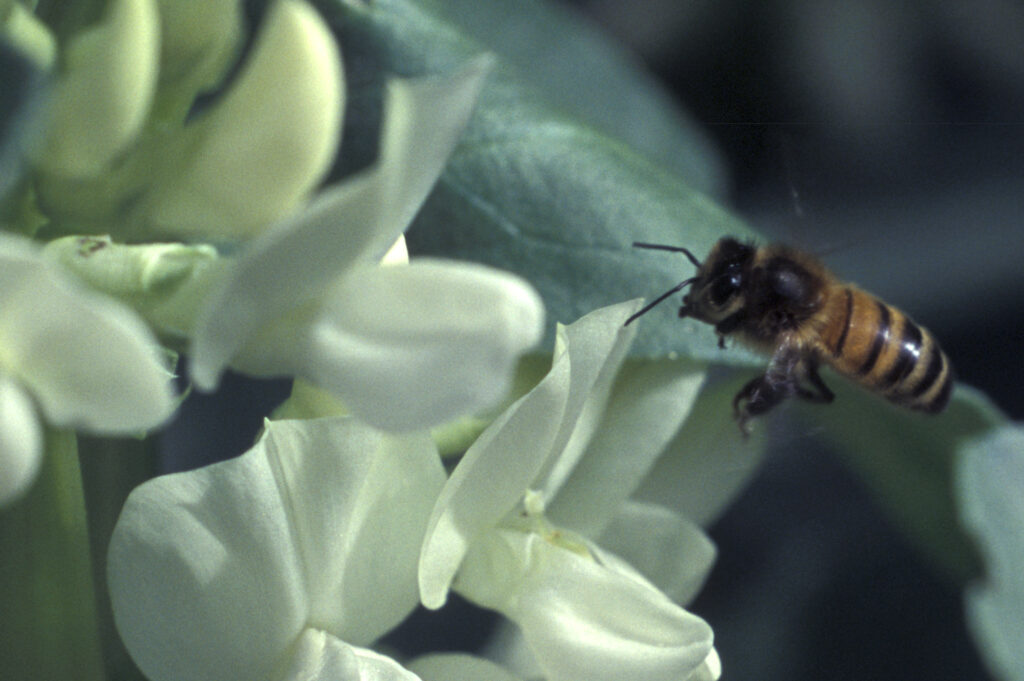



CROP ROTATION
In the context of BCAE 7 of the CAP 2023-2027 [Good Agricultural and Environmental Conditions], farmers are encouraged to vary their crops from year to year.
To benefit from the Ecological Regime, crops must vary from year to year on a minimum of 35% of arable land.
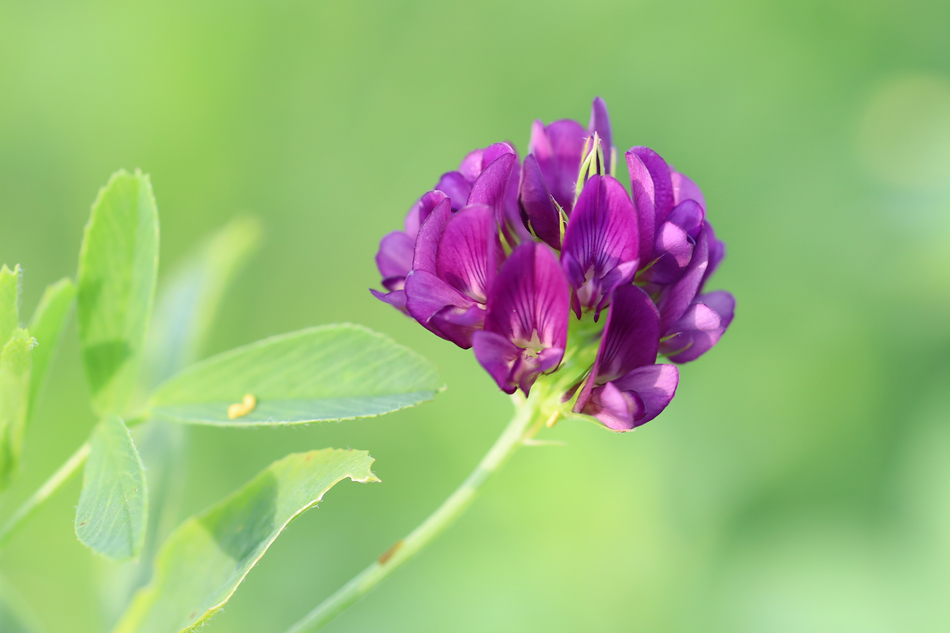
ALL TO YOUR WINTER COVERS
In the absence of crop rotation on a minimum of 35% of arable land, cultivated lands must have at least a winter cover.
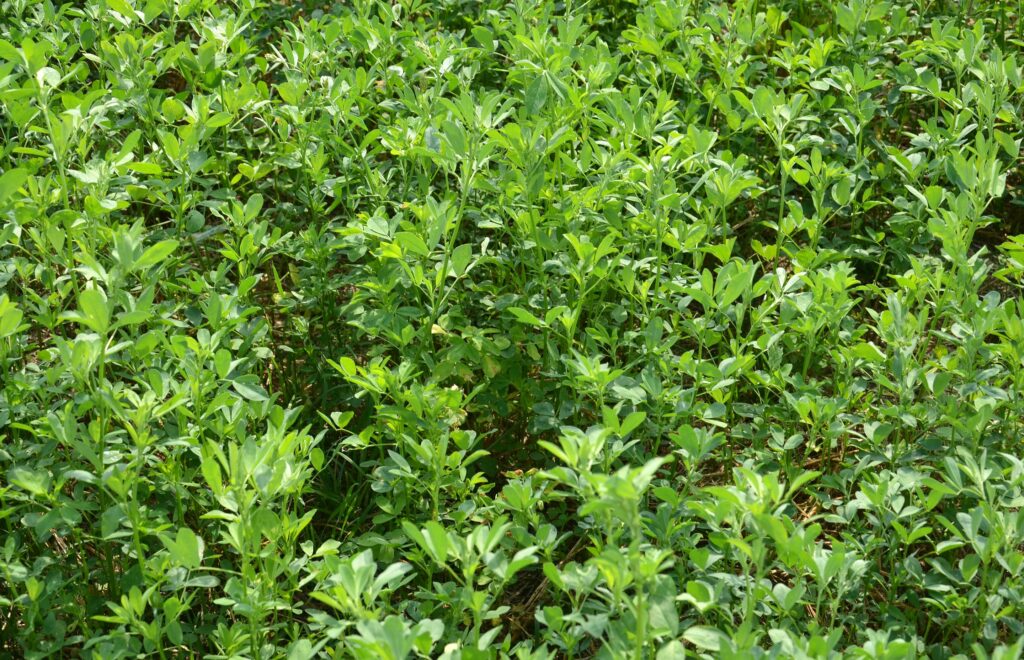
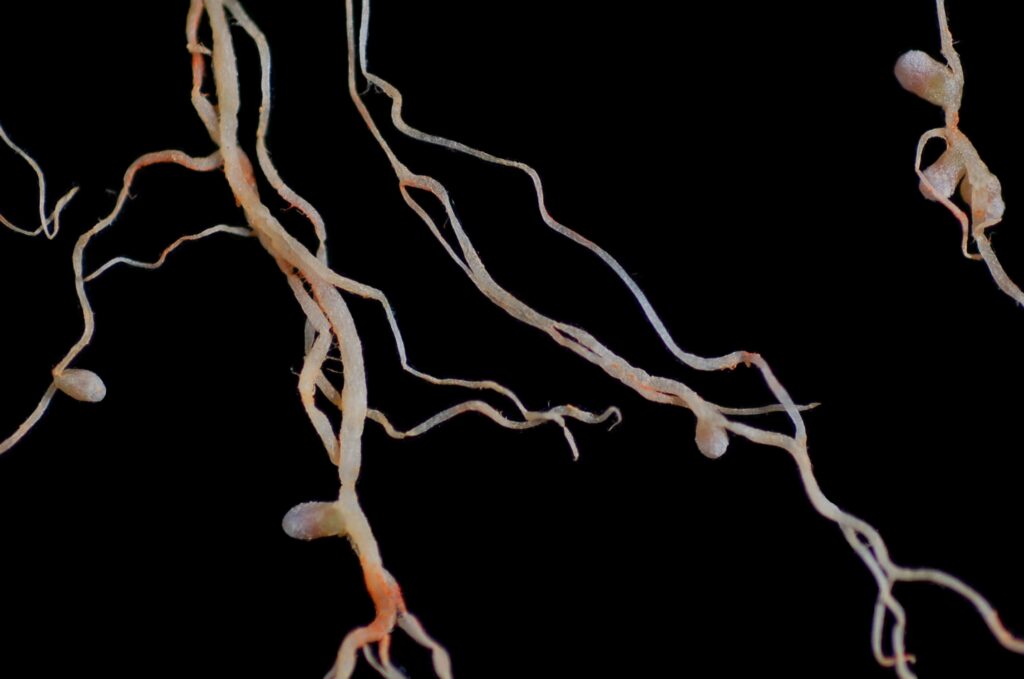
DISCOVER IN ORDER OF PERFORMANCE 17 FORAGE HERBACEOUS PLANTS MOST RESISTANT TO COLD AND FROST
1. Hairy vetch (Vicia villosa)
2. White clover (Trifolium repens)
3. Red clover (Trifolium pratense)
4. Italian clover (Trifolium incarnatum subsp. italicum)
5. Hybrid clover (Trifolium hybridum)
6. Ryegrass (Lolium perenne)
7. Timothy grass (Dactylis glomerata)
8. Tall fescue (Festuca arundinacea)
9. Alfalfa (Medicago sativa)
10. Sainfoin (Onobrychis viciifolia)
11. Wild chicory (Cichorium intybus)
12. Sweet clover (Melilotus spp.)
13. Millet (Panicum miliaceum)
14. Sorghum (Sorghum spp.)
15. Phalaris (Phalaris spp.)
16. Panic grass (Panicum spp.)
17. Miscanthus (Miscanthus spp.)
LEGUMES IN THE SPOTLIGHT
If more than 75% of your arable land is dedicated to the production of herbaceous forage plants or legume cultivation, you are exempt from crop rotation guidelines. The same applies if the area of your arable land is 10 hectares or less, or if your farm is certified organic or in conversion to organic farming.
If you grow seed legumes or forage legumes (soybeans, alfalfa, clover, beans, peas, chickpeas, lentils, lupins, fava beans) on 5% or more of your arable land, you earn 2 points towards calculating your access to the Eco-regime of the CAP 2023-2027. You will be accredited with 3 points if you cultivate seed legumes or forage legumes on 10% or more of your arable land.
With 4 points, you access the basic level of the Eco-regime. With 5 points, you reach the higher level of the Eco-regime.
WE HELP YOU CHOOSE YOUR COVER CROPS
Share with us the objectives of your farm, your local operating conditions, your soil type, the planned rotation, your water availability, and your specific requirements.
YOUR OBJECTIVES
Improving soil fertility, eliminating weeds, protecting against erosion, adding organic matter, attracting pollinators, etc.
YOUR OPERATING CONDITIONS
Climate characteristics of the region, temperatures, precipitation, sunlight, altitude, etc., to choose species suitable for local conditions.
YOUR SOIL TYPE
Texture, structure, pH, fertility, water retention capacity, etc., to select seeds that optimize the benefits of the cover crop.
YOUR ROTATION
Let us know what the main crop will be after your cover crop to meet the nutritional requirements and other specifics of your next crop.
YOUR WATER AVAILABILITY
Indicate the water availability during the growth period of the cover crop to choose species suited to dry conditions or those requiring more moisture.
YOUR SPECIFIC REQUIREMENTS
Share any regulatory constraints, grazing preferences of your livestock, biomass needs, etc.
